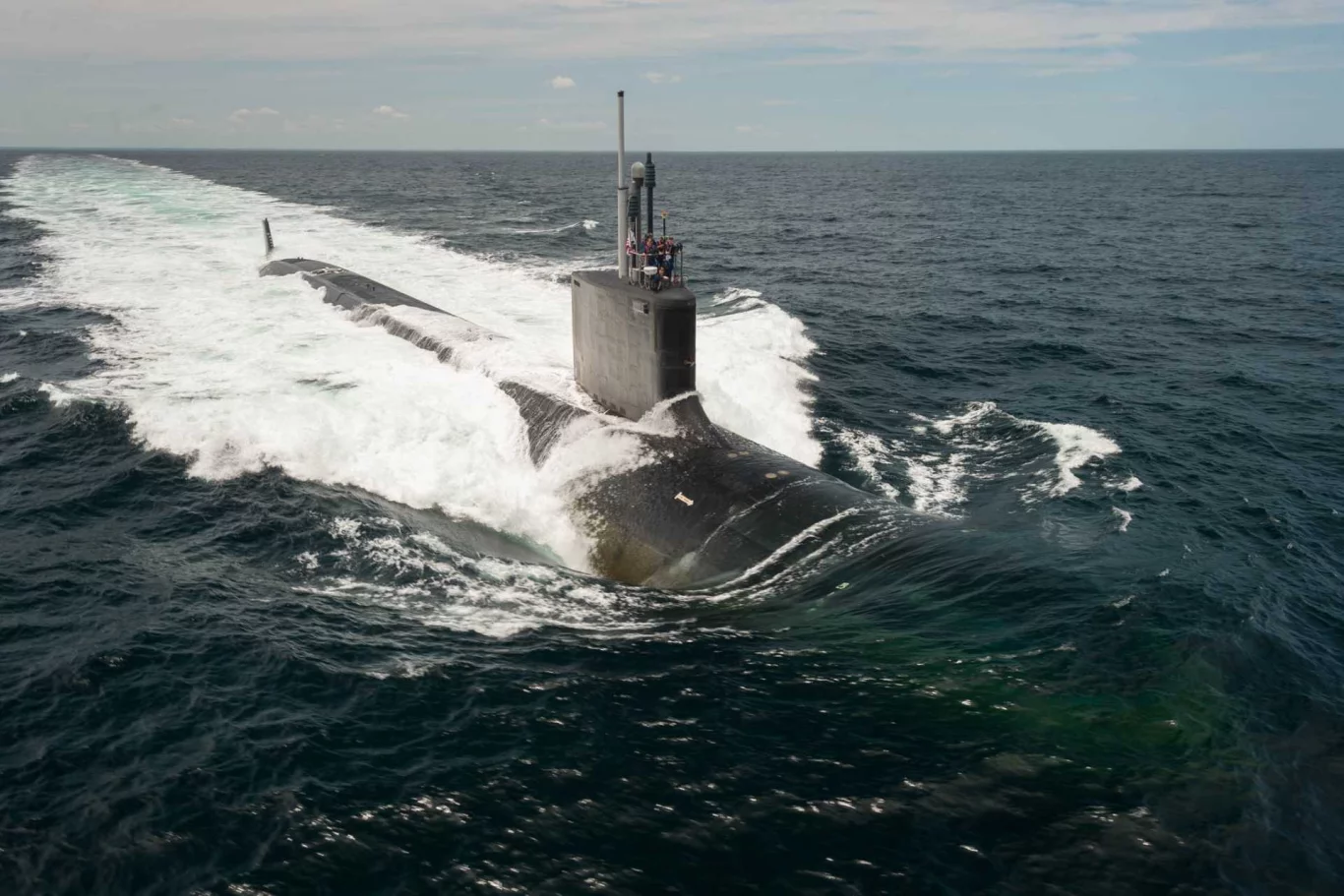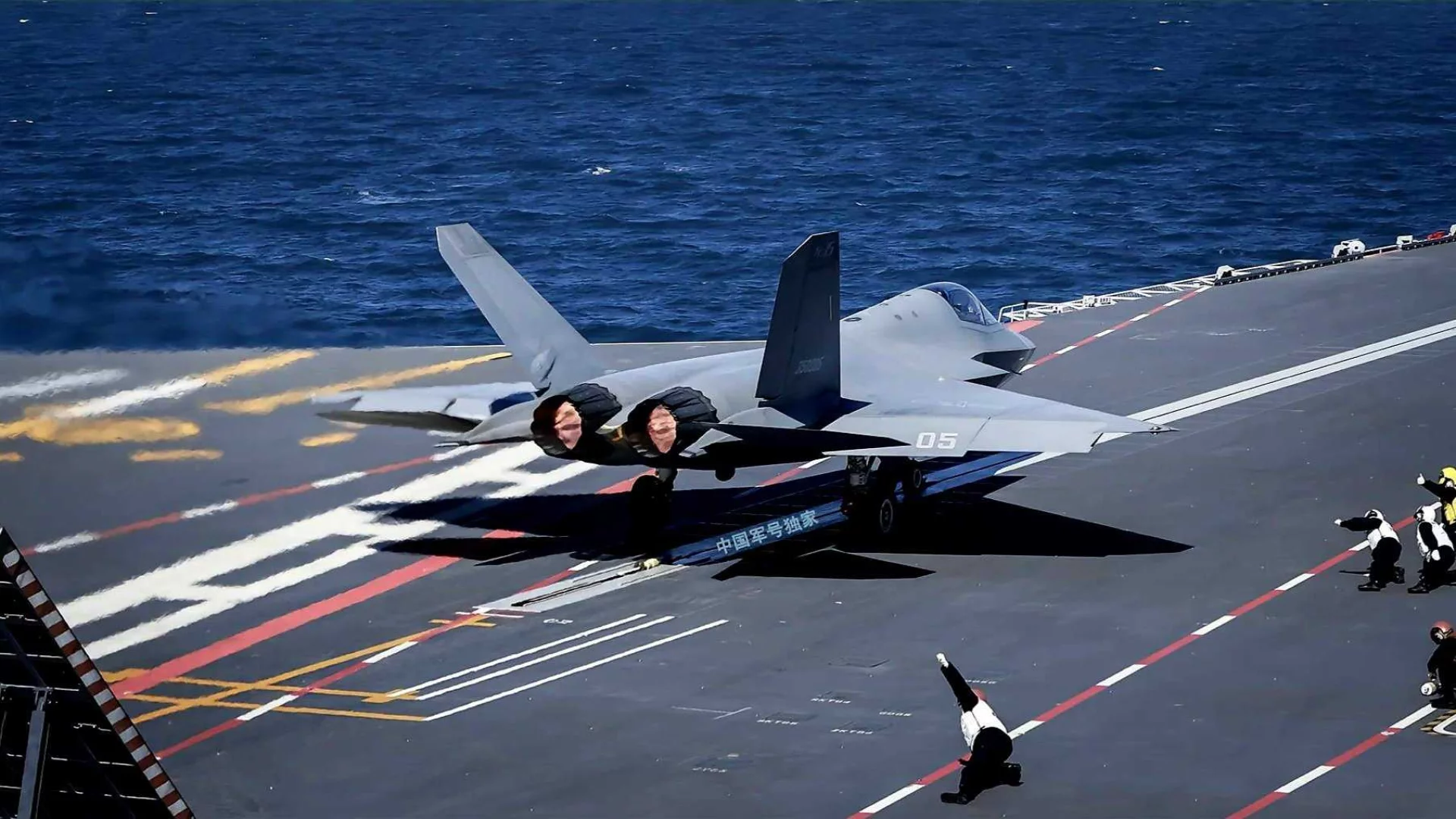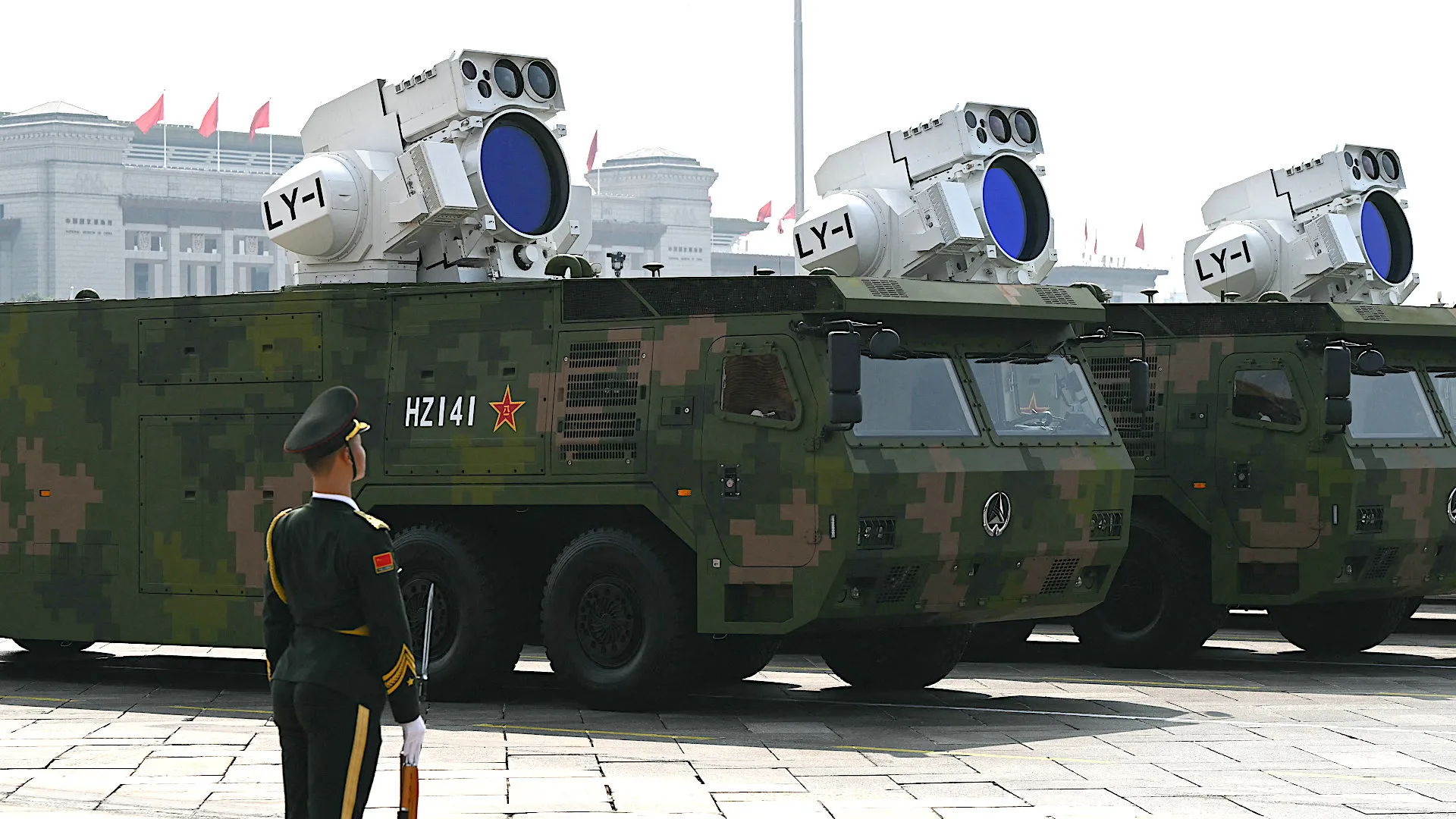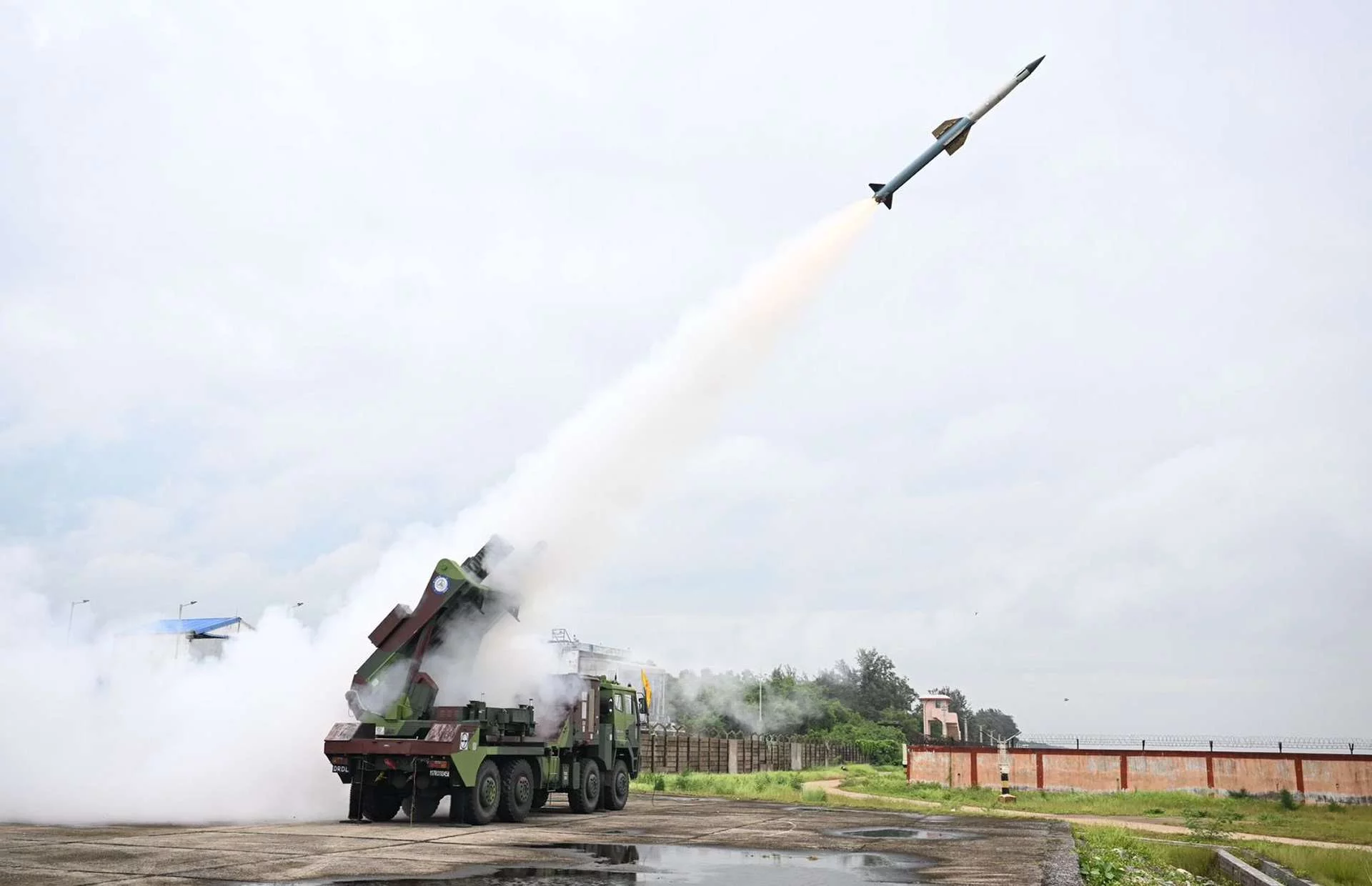The world of naval strategy and international defense cooperation was set ablaze recently with an announcement that, while perhaps not a thunderclap, certainly sent significant ripples through the waters of global geopolitics. The United States, in a move that signals a profound shift in its non-proliferation policies and a deepening of its alliance with South Korea, has reportedly given the green light for Seoul to construct a nuclear-powered submarine – and not just any submarine, but one to be built on American soil, in the historic naval hub of Philadelphia. This isn’t merely a technological transfer; it’s a strategic gambit, a testament to evolving security dynamics in the Indo-Pacific, and a clear signal of the intensifying competition in the underwater domain.
For years, South Korea has harbored ambitions of developing a nuclear-powered submarine fleet. Surrounded by increasingly assertive maritime powers – China with its rapidly expanding navy, North Korea with its nascent ballistic missile submarine program, and Russia maintaining a significant Pacific fleet – Seoul has felt the pressing need to enhance its underwater capabilities. Conventional submarines, while effective for coastal defense and regional patrols, simply lack the endurance, speed, and stealth of their nuclear-powered counterparts. A nuclear submarine can remain submerged for months, traverse vast distances undetected, and serve as a formidable deterrent, projecting power far beyond a nation’s immediate litoral.
However, the path to acquiring such a potent asset is fraught with significant hurdles, primarily the stringent international non-proliferation treaties and the United States’ long-standing policy of restricting the transfer of nuclear propulsion technology. The AUKUS agreement, which saw the US and UK pledge to help Australia acquire nuclear submarines, was itself a groundbreaking exception, underscoring the extraordinary circumstances under which such transfers occur. For South Korea to gain similar access, albeit through a different mechanism, speaks volumes about the level of trust and strategic imperative recognized by Washington.
The choice of Philadelphia as the construction site is particularly intriguing. Historically a powerhouse of American shipbuilding, Philadelphia Naval Shipyard, though no longer an active new construction yard for US Navy vessels, possesses a vast infrastructure, skilled labor force, and invaluable institutional knowledge. This arrangement allows South Korea to leverage American expertise and facilities, potentially accelerating the development process and ensuring the highest standards of safety and quality control for the nuclear propulsion system. It also offers a degree of transparency to international observers, as the construction would occur under the watchful eyes of a close ally and within a robust regulatory framework.
The implications of this development are multifaceted.
Firstly, for South Korea, it represents a monumental leap in naval capability. A nuclear-powered submarine would dramatically enhance its ability to conduct long-duration patrols, gather intelligence, and potentially launch conventional land-attack missiles or anti-ship torpedoes from a stealthy, survivable platform. This isn’t about acquiring nuclear weapons; it’s about acquiring nuclear propulsion – a critical distinction often lost in public discourse. The goal is to strengthen conventional deterrence and contribute more effectively to regional stability.
Secondly, from the US perspective, this move reinforces its alliance architecture in the Indo-Pacific. By empowering a key partner with advanced capabilities, Washington aims to create a more robust network of allies capable of deterring aggression and maintaining a favorable balance of power. It’s a strategic counterweight to China’s naval expansion and North Korea’s persistent threats. The decision to build the submarine in Philadelphia also ensures significant oversight and control over the technology, mitigating proliferation concerns while strengthening interoperability between the two navies.
Thirdly, this development will undoubtedly provoke reactions from other regional players. China, already wary of increased US military presence and alliances in its backyard, will likely view this as an escalatory step. Japan, another close US ally with a highly advanced conventional submarine fleet, might also reassess its own long-term naval modernization plans. And North Korea, which often cites external threats as justification for its own WMD programs, will undoubtedly use this as propaganda to rally domestic support and perhaps even accelerate its own submarine development efforts.
The technical and logistical challenges of this endeavor should not be underestimated. Designing, constructing, and safely operating a nuclear-powered submarine is one of the most complex engineering feats a nation can undertake. It requires a highly specialized industrial base, extensive training for crews, and a robust regulatory environment. The collaboration in Philadelphia will be crucial for transferring this intricate knowledge and ensuring South Korea builds a fleet that is not only powerful but also impeccably safe.
Looking ahead, this announcement marks the beginning of a new chapter in South Korea’s naval history and a significant evolution in US-South Korea defense cooperation. The “silent hunter” being forged in Philadelphia will not only redefine Seoul’s maritime capabilities but also send a clear message about the unwavering commitment of the US and its allies to a secure and stable Indo-Pacific. The waters of global naval power are shifting, and South Korea, with American assistance, is now poised to dive deeper than ever before.




